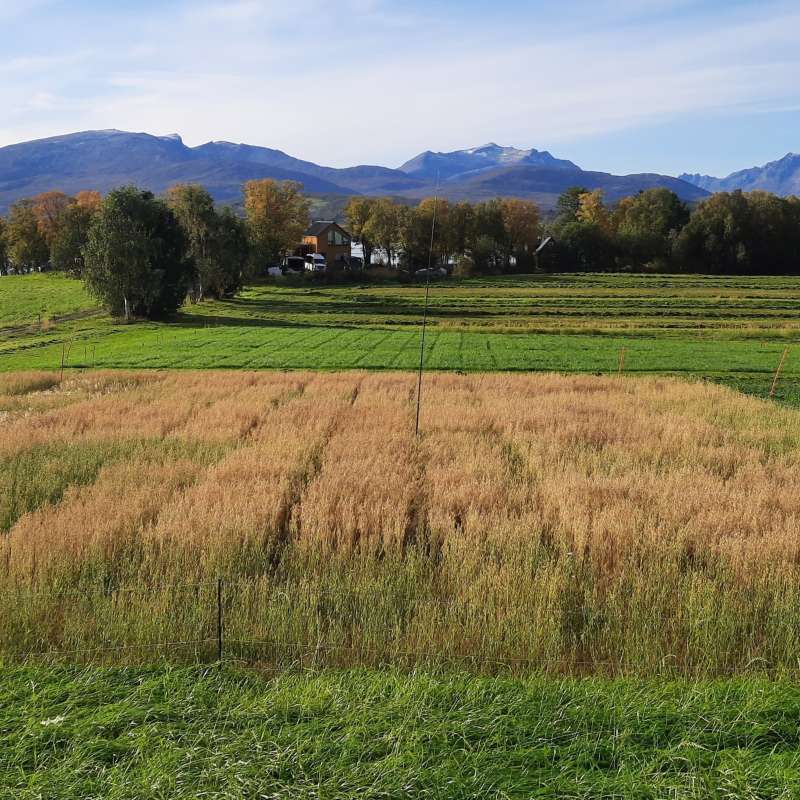Sigridur Dalmannsdottir
Forsker
(+47) 465 46 249
sigridur.dalmannsdottir@nibio.no
Sted
Tromsø
Besøksadresse
Holtvegen 66, 9016 Tromsø
Forfattere
Thomas Georges A Bawin Marte Marie Fossum Ranvik Marius Dobbe Klemetsen Sigridur Dalmannsdottir Eglė Norkevičienė Rita Armonienė Erik Alexandersson Sajeevan Sivarajan Laura JaakolaSammendrag
Det er ikke registrert sammendrag
Til dokument
Forfattere
Eric Watkins Dominic P. Petrella Trygve S. Aamlid Dominic C. Christensen Sigridur Dalmannsdottir Andrew P. Hollman Gary DetersSammendrag
Det er ikke registrert sammendrag
Sammendrag
Det er ikke registrert sammendrag

